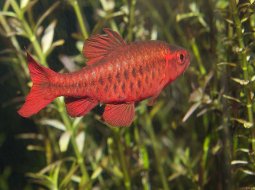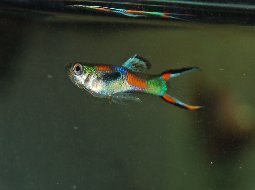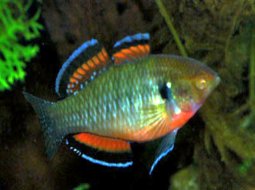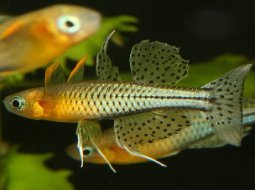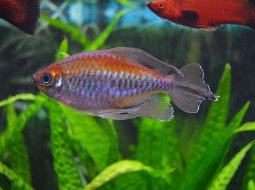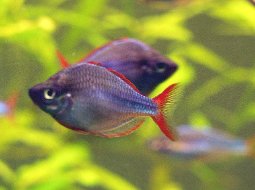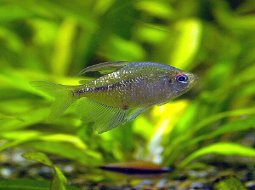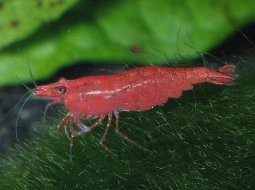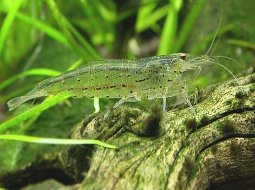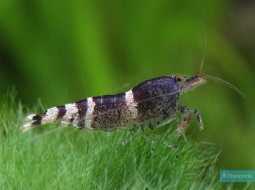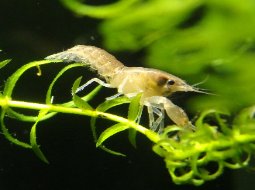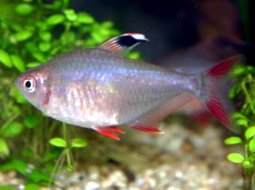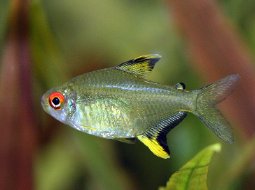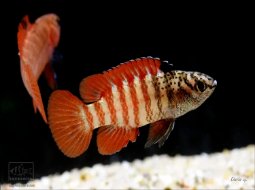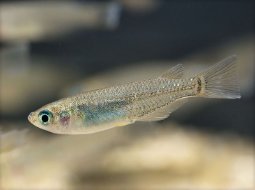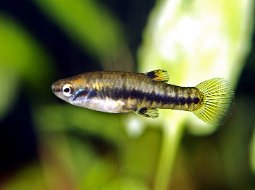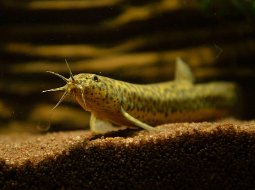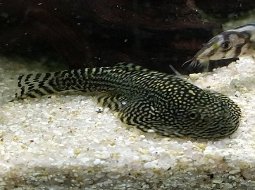
Loading Aqualapp ...
Care and Compatibility of Multis Fish - Neolamprologus multifasciatus
Introduction
The multis fish has a small and elongated body, with a coloration that varies between shades of brown and yellow. They have multiple vertical bands on their body, hence their common name. They are territorial fish and typically inhabit burrows they dig in the sandy bottom of the aquarium.
Behavior
The multis fish, scientifically known as Neolamprologus multifasciatus, is a species of dwarf cichlid native to Lake Tanganyika in Africa. They are known for their unique social behavior and their ability to form colonies in the aquarium.
Sexual Dimorphism
Sexual dimorphism in Neolamprologus multifasciatus is minimal and difficult to distinguish. Both males and females have a similar appearance, though males may be slightly larger and have more pointed fins.
Reproduction
The reproduction of multis fish is interesting as they form colonies with a complex social system. A dominant male mates with multiple females, and all colonies consist of one male and several females. The females lay their eggs in the burrows, and both the male and female care for the fry.
Aquarium Conditions
Neolamprologus multifasciatus, commonly known as the multies, requires an aquarium with stacked rocks to form structures and caves. It prefers alkaline water and a warm temperature. Aquarium décor should include small rocks and fine sand substrate. Maintaining water quality is crucial and providing a balanced diet.
Feeding
They are omnivorous and feed on a variety of foods, including small invertebrates, zooplankton, and plant matter. In the aquarium, they can be fed with commercial foods in the form of flakes, pellets, and frozen foods, as well as live foods such as brine shrimp and daphnia.
Complexity
Caring for Neolamprologus multifasciatus can be moderately challenging. They are territorial fish and need enough space to form social hierarchies. It's recommended to keep them in a group of at least six individuals and in an African cichlid tank. They are omnivores and accept a variety of foods.
In case you need more help, or if you want to know into any topic related to the Neolamprologus multifasciatus (Multis Fish) and even any other species you can use the forums to ask what you need.
To do an analysis more detailed about coexistence and behavior of Neolamprologus multifasciatus (Multis Fish) use the Aquarium simulation tool, if you do this you can test different ways to combine the Multis Fish with other fishes giving the dimensions and space on you aquarium, on this way you can known the optimal configuration for keep the fishes that you want.
You can also find out the 81 species compatible with the Neolamprologus multifasciatus (Multis Fish) can live together.
Note: The parameters of the water such as PH and temperature are also used to calculate the compatibility of the species.
Compatible species (81)
Compatible (12 Species)
Compatible without any restriction
Similar Sizes (2 Species)
They can coexist if they are the same size or very similar sizes, it does not work in all cases, there may be exceptions.
With Reservation (6 Species)
Si el gobio es muy grande podría arrastrar las conchas del pez multi por el fondo del acuario si nada cerca de ellas.
Compatible in some cases, it depends on the nature and personality of the fish.
Showdown over territory (2 Species)
Fish can live together as long as the space is spacious enough to delimit a territory, otherwise there may be aggressions for competing for the territory.
Considerable size difference (5 Species)
They can coexist while they are similar in size or the size difference is not very abysmal, since as the fish grows it increases the chances of eating its partner that did not grow much.
Compatible if space is enough (54 Species)
They can coexist together if the aquarium they share is large and spacious enough for both species to feel good, as some fish may attack others to feel that they have little space and try to eliminate the competition.
Les gusta nadar entre compañeros de su misma especie, sin embargo es posible que compitan por una concha en el acuario.
Multis Fish
Neolamprologus multifasciatus
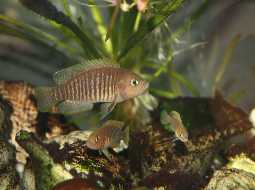
- Ph: 7.5 - 9
- Temperature (c°): 24 - 27
- Measures: 3 cm - 5cm
- Aquarium Capacity:
15 Liters - 4 Gallons - Alimentación: Omnivores
- Colores: Brown, Gris
- Comportamiento: Likes to take refuge, Semi Aggressive, Shoal, Territorial
- Habitad: African
- Preferencias del Acuario: Caves, Rocks
- Tamaño: Small
- Taxonomía: Cichlids, Fish
- Tipo de Agua: Sweet water, Tropical waters
- Velocidad de nado o movimiento: Normal
- Zona de Nado: Aquarium background

.jpg)

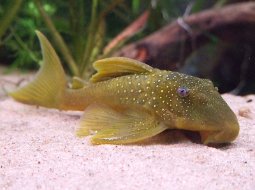
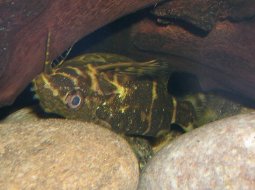
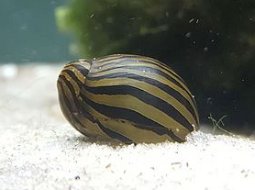


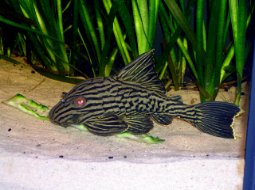


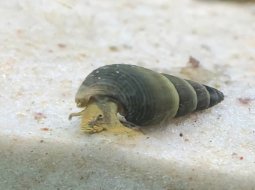


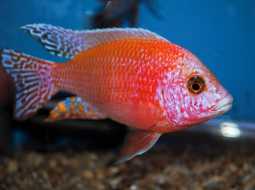
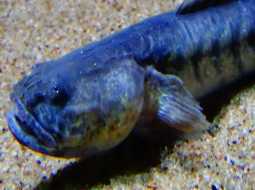
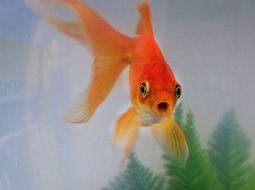
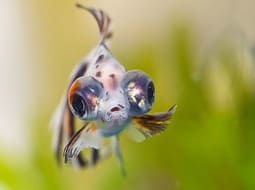
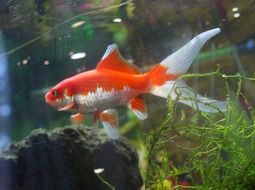
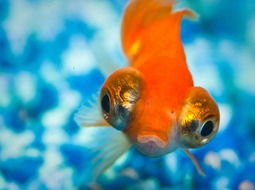
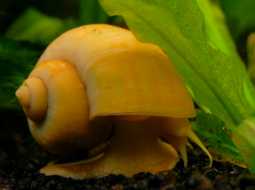
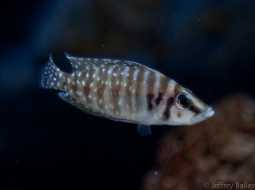
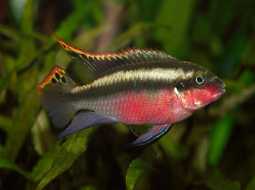
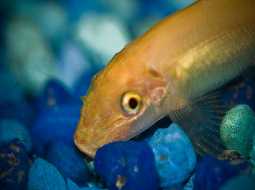
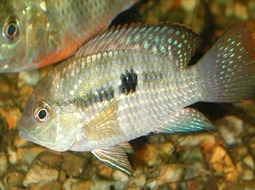
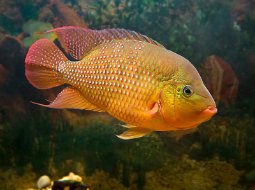
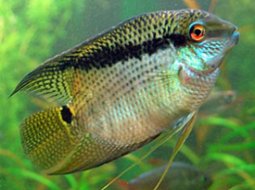
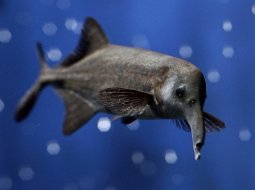
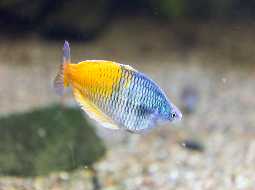
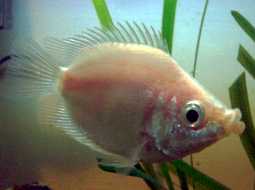
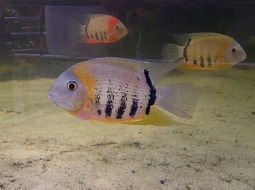
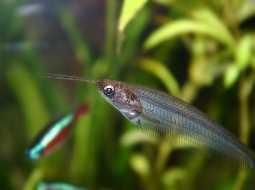


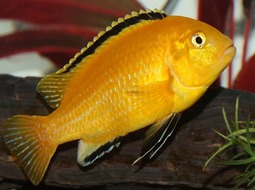
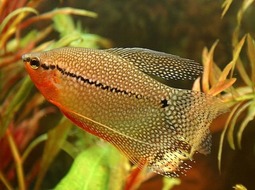
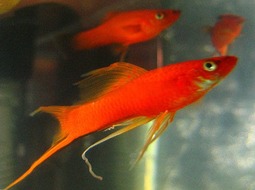




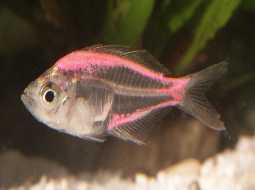
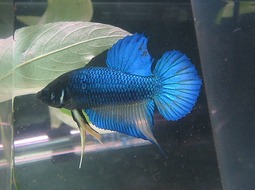
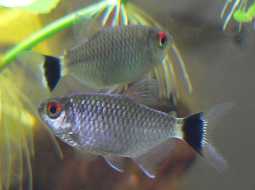
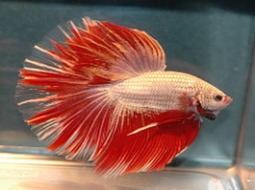

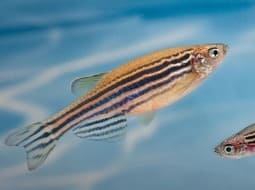
.jpg)
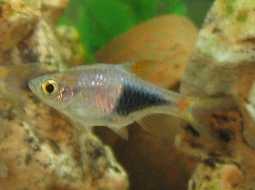
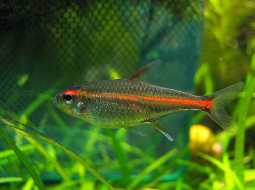
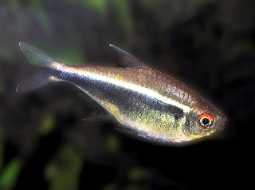
.jpg)
